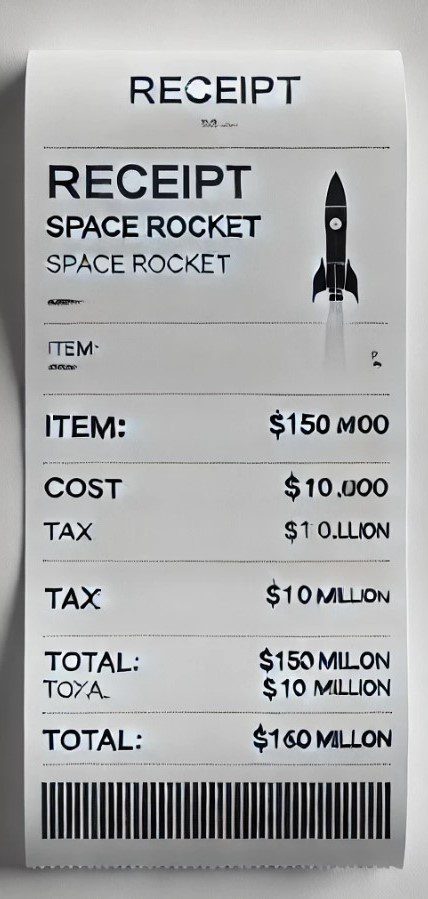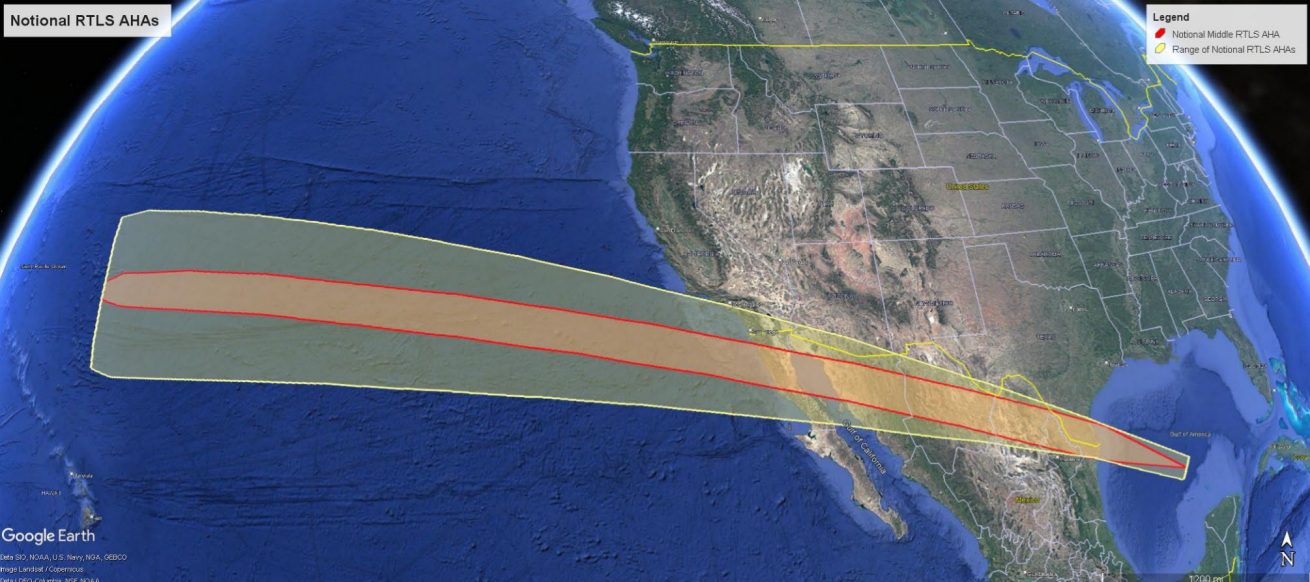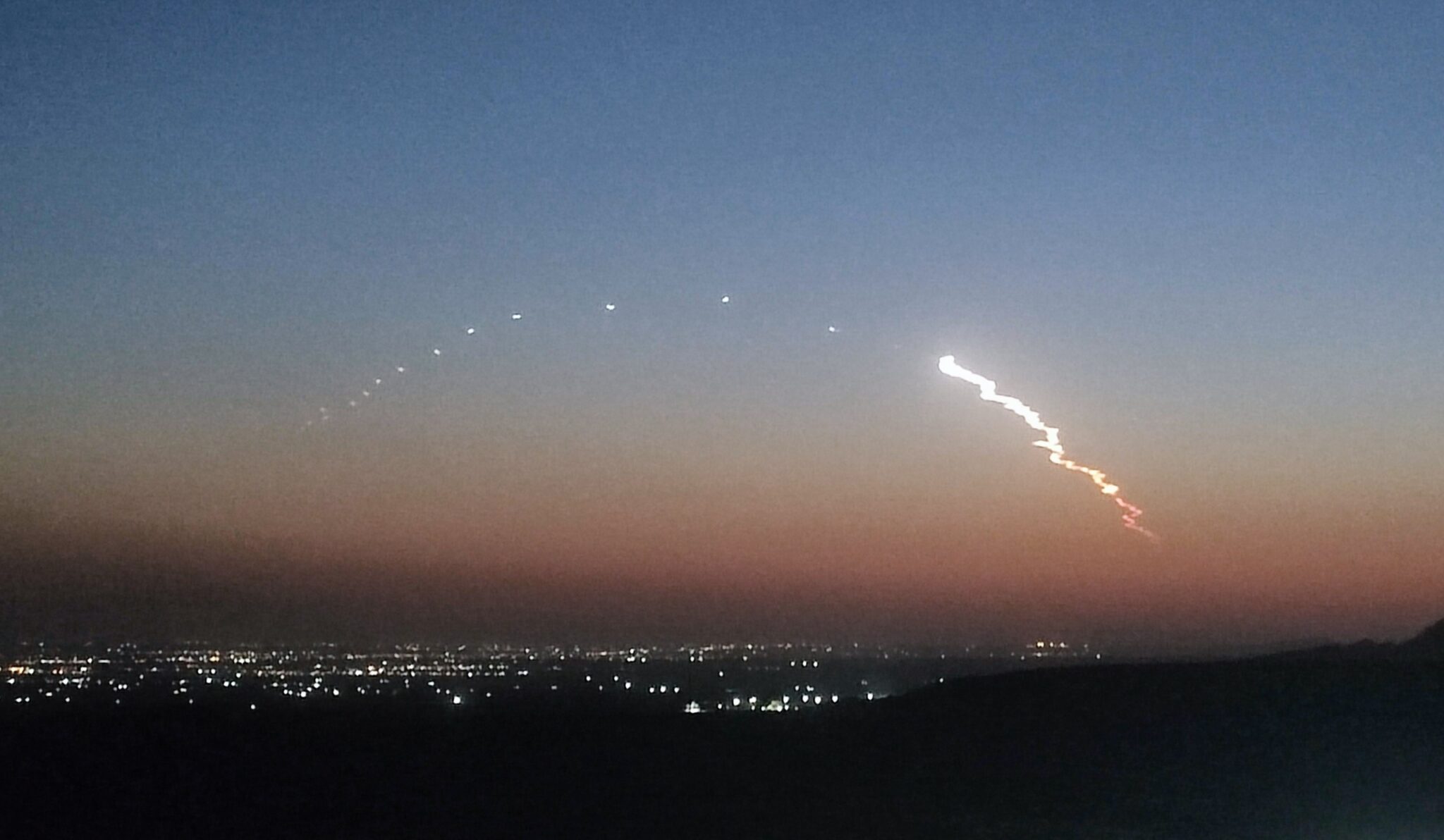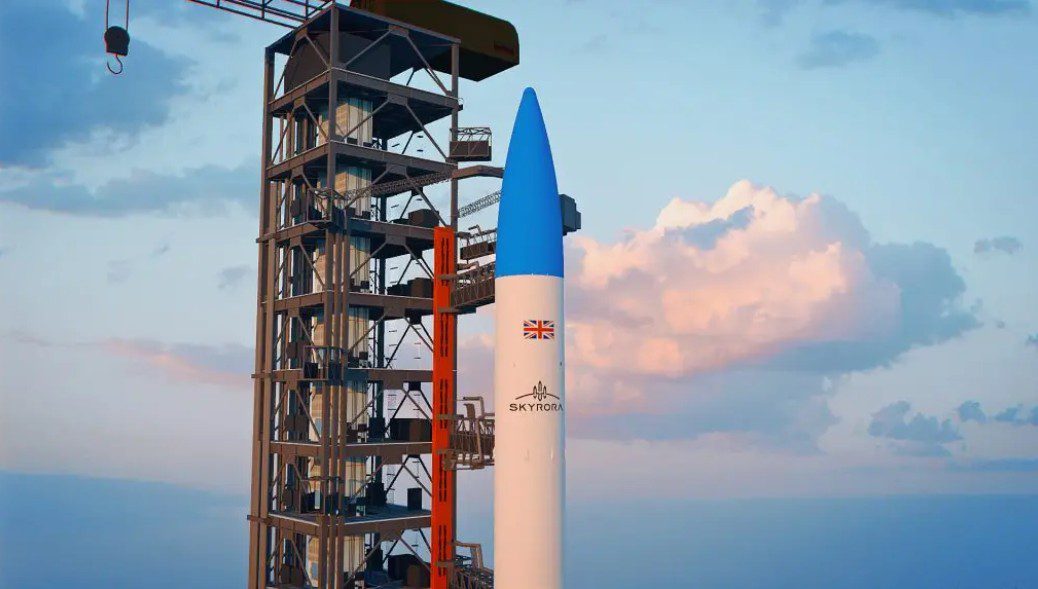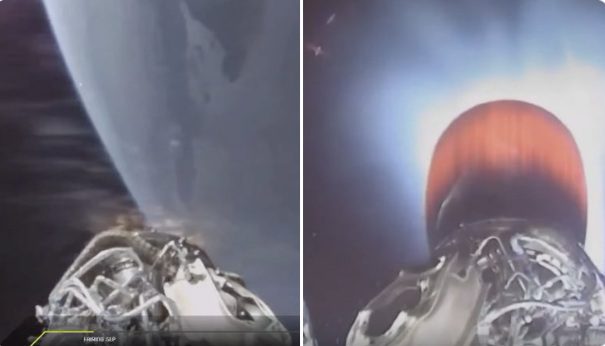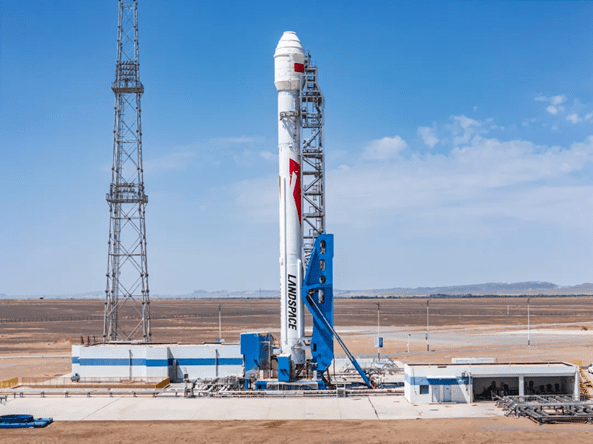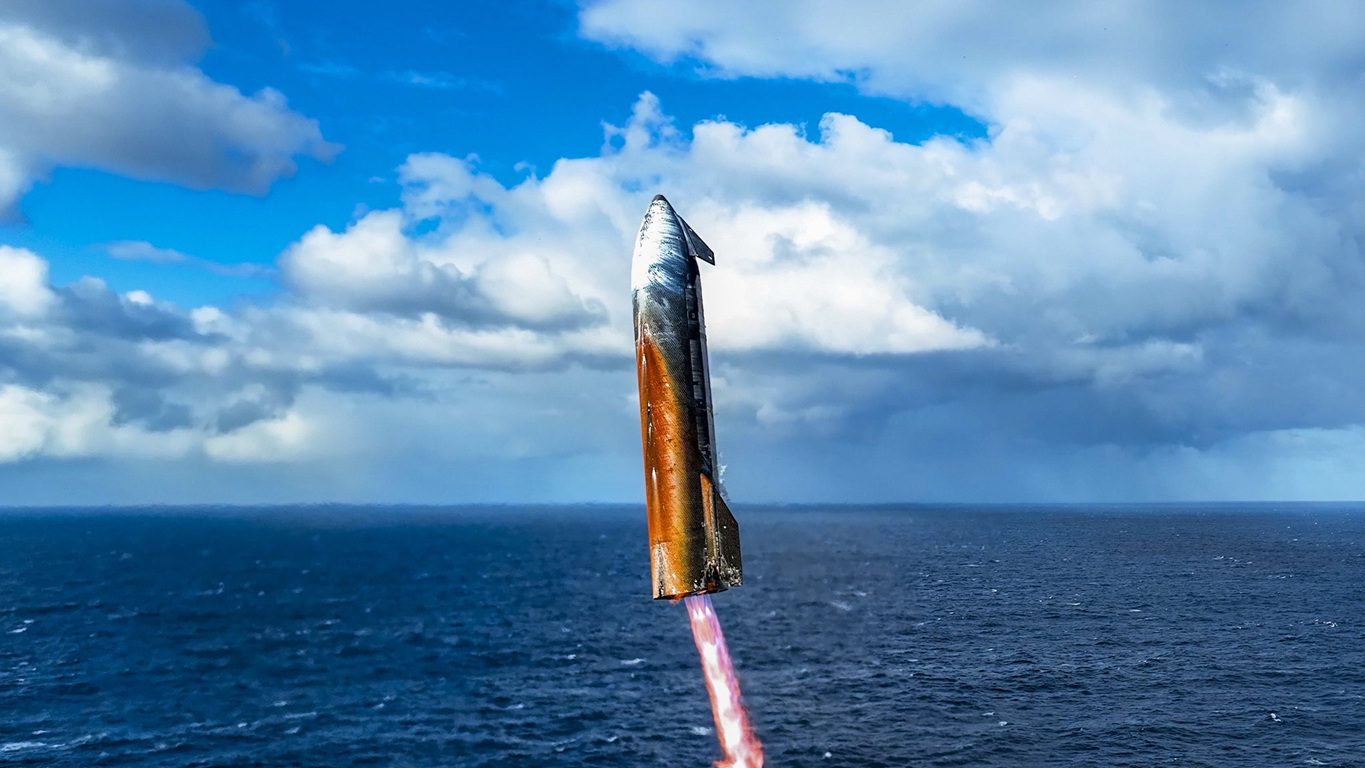The United Launch Alliance (ULA) carried out a launch to Geostationary Orbit (GEO) using the Atlas V launch vehicle at 2342 GMT on 19 November 2016. The Atlas V was in its “541” configuration, the fourth time this has flown. The payload was the Geostationary Operational Environmental Satellite-R (GOES-R) launched for the US Government in the form of the National Oceanic and Atmospheric Administration (NOAA). The spacecraft represents the start of a new generation of weather monitoring satellites, the first of four, due to be launched through to 2024 and remain in service until at least 2036.
The spacecraft will be known as GOES-16 once it has reached its operational orbit.
The launch was the 100th EELV (Evolved Expendable Launch Vehicle) programme flight, encompassing both Atlas V and Delta IV, and 67th for Atlas V individually.
The GOES-R series of spacecraft represent a massive increase in the capability and technology over its predecessors, with predictions that GOES-R will transmit more data in six months than all of the previous GOES spacecraft combined. The spacecraft’s primary instrument is the Advanced Baseline Imager (ABI) which will account for nearly 95% of all data transmitted.
Another Earth-pointing instrument is the Geostationary Lightning Mapper (GLM). The spacecraft is also carrying two Solar-pointing payloads the Extreme Ultraviolet and X-Ray Irradiance Sensors (EXIS) and Solar Ultraviolet Imager (SUVI) instruments.

